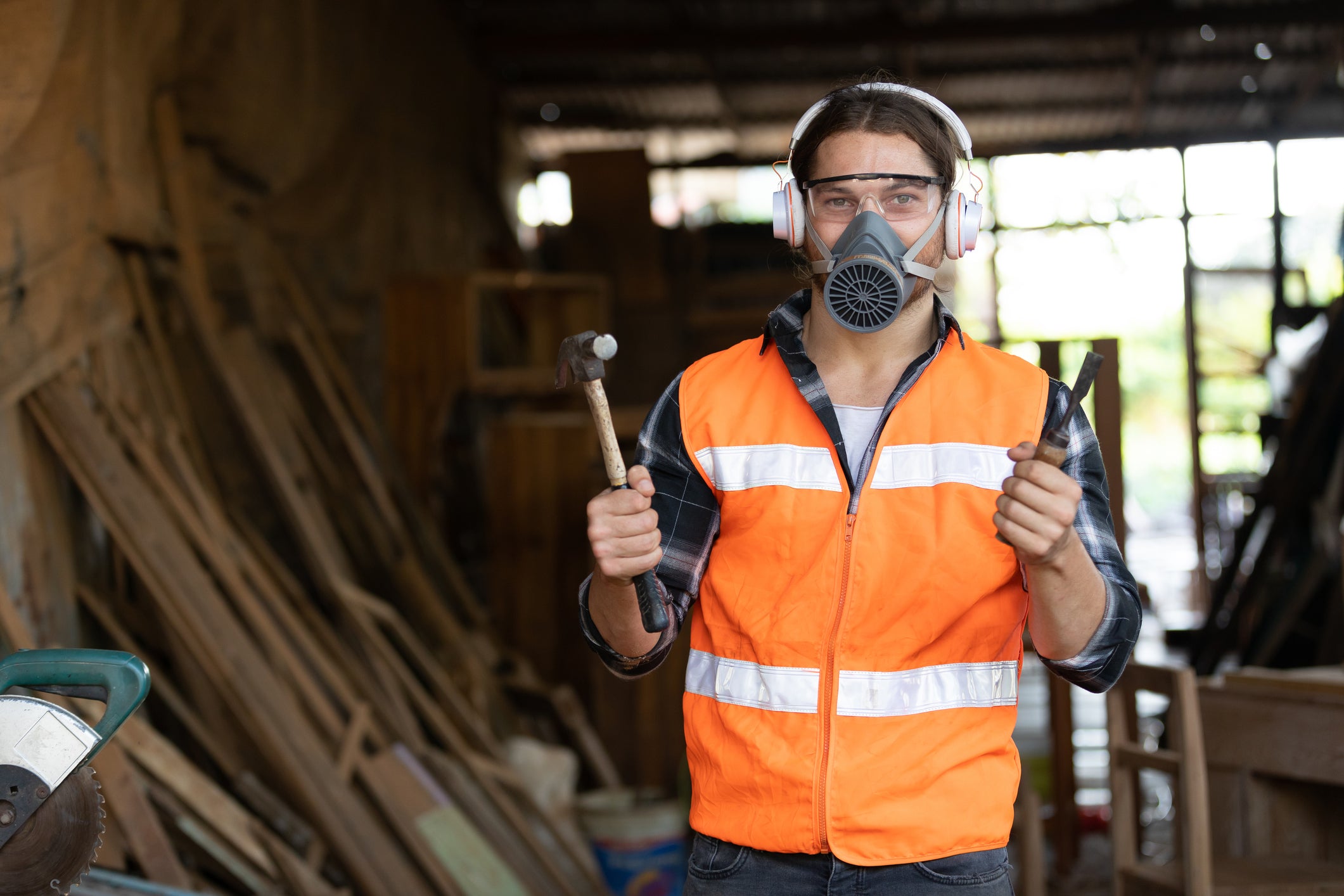The NIOSH 42 CFR 84 standard, established by the National Institute for Occupational Safety and Health (NIOSH), outlines the requirements for the certification of respirators in the United States. This standard sets forth criteria for the design, performance, testing, and certification of respiratory protective devices, commonly known as respirators. The 42 CFR 84 standard is a critical component of occupational safety and health regulations, ensuring that respirators meet specific criteria to provide effective protection for workers exposed to airborne contaminants.
Key components of the NIOSH 42 CFR 84 standard include:
1. Approval Classes:
- The standard categorizes respirators into different classes based on their intended use and design. These classes include N (Not oil-resistant), R (Oil-resistant), and P (Oil-proof). Additionally, each class is further divided into three efficiency levels (95, 99, and 100), indicating the filtration efficiency against airborne particles.
2. Performance Requirements:
- The standard specifies performance requirements for various aspects of respirators, such as filtration efficiency, inhalation and exhalation resistance, and the ability to withstand simulated workplace conditions.
3. Filter Efficiency:
- NIOSH evaluates the efficiency of respirator filters in removing airborne particles of specific sizes. The efficiency levels (95, 99, and 100) indicate the percentage of particles filtered by the respirator.
4. Inhalation and Exhalation Resistance:
- Respirators must meet criteria for inhalation and exhalation resistance to ensure that wearers can breathe comfortably while maintaining an effective seal.
5. Fit Testing:
- The standard addresses fit testing procedures to assess the adequacy of respirator fit on individuals. Proper fit is crucial for the effective protection of the wearer.
6. Quality Control and Quality Assurance:
- NIOSH 42 CFR 84 outlines requirements for quality control and quality assurance processes during the manufacturing of respirators. This ensures consistency in performance and reliability.
7. Labeling and Marking:
- The standard mandates specific labeling and marking requirements on respirators, including information about the manufacturer, model, approval class, and applicable standards.
8. User Instructions:
- Respirators must come with clear and comprehensive user instructions to guide wearers on proper usage, maintenance, and storage.
9. NIOSH Certification Seal:
- Approved respirators bear the NIOSH certification seal, indicating compliance with the 42 CFR 84 standard. This seal assures users that the respirator has undergone rigorous testing and meets established performance criteria.

